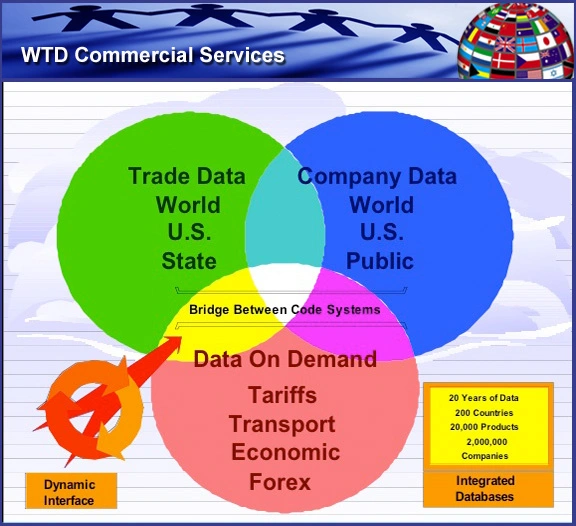In 2010 Sino-Australian total trade of goods amounted to USD 87.57 billion. China’s total exports of goods to Australia in 2010 was worth USD 35.26 billion. In 2010, machinery and electronic equipment accounted for 39% of the total (see Figure 2), and China went from supplying 4% of Australia’s imports of these items in 2000 to 21% in 2010.
From PIERS blog: No Longer “Made in China?” There appears to be a shift away from the Chinese production of men’s and women’s clothing and footwear. According to PIERS/JOC economist Mario Moreno, container shipments from China to the U.S. of apparel and footwear have dropped, indicating a shift toward offshore sourcing of these products. Moreno believes the decline is due to many firms moving their footwear and apparel manufacturing facilities out of China to Southeast Asia, the India Subcontinent and Central America.
The shift reflects ongoing changes in China’s labor market—wages are increasing and the working population sees more employment options. This shows that the Chinese economy is changing from its export engine toward a pro-consumption model. The strengthening of China’s currency is also a factor in reducing already tight profit margins for manufacturers of low-value goods.
From the International Economic Law and Policy Blog: Currency Undervaluation at the CIT. Aluminum product makers filed a lawsuit to force the U.S. Commerce Department to levy tariffs on Chinese imports, countering the effect of a currency the companies deem to be undervalued. In several decisions, the Commerce Department in the Obama and Bush administrations rejected requests by U.S. companies for so-called countervailing duties on imports from China to compensate for the weak currency. A low-priced currency makes a nation’s exports cheaper.
Also from the above: The GOP Candidates on China’s Currency. The IMF is predicting that China’s economy is going to surpass our own in the year 2016. First of all, what does that mean to us? What does that mean to the average American? How do we feel that?
And secondly, why is China able to surpass us? How do we turn that around? China is our bank. We owe them, you know, so much money that it’s almost breathtaking. They hold more of our debt than any other nation. So what do we actually do to sort of turn that around so that they don’t take our jobs, and so that our dollars aren’t going there to get their cheaper goods? Interesting questions are addressed in this article which are worth considering.


 23/07/2011
23/07/2011 
























































































































































































































































































































































Comments are closed.